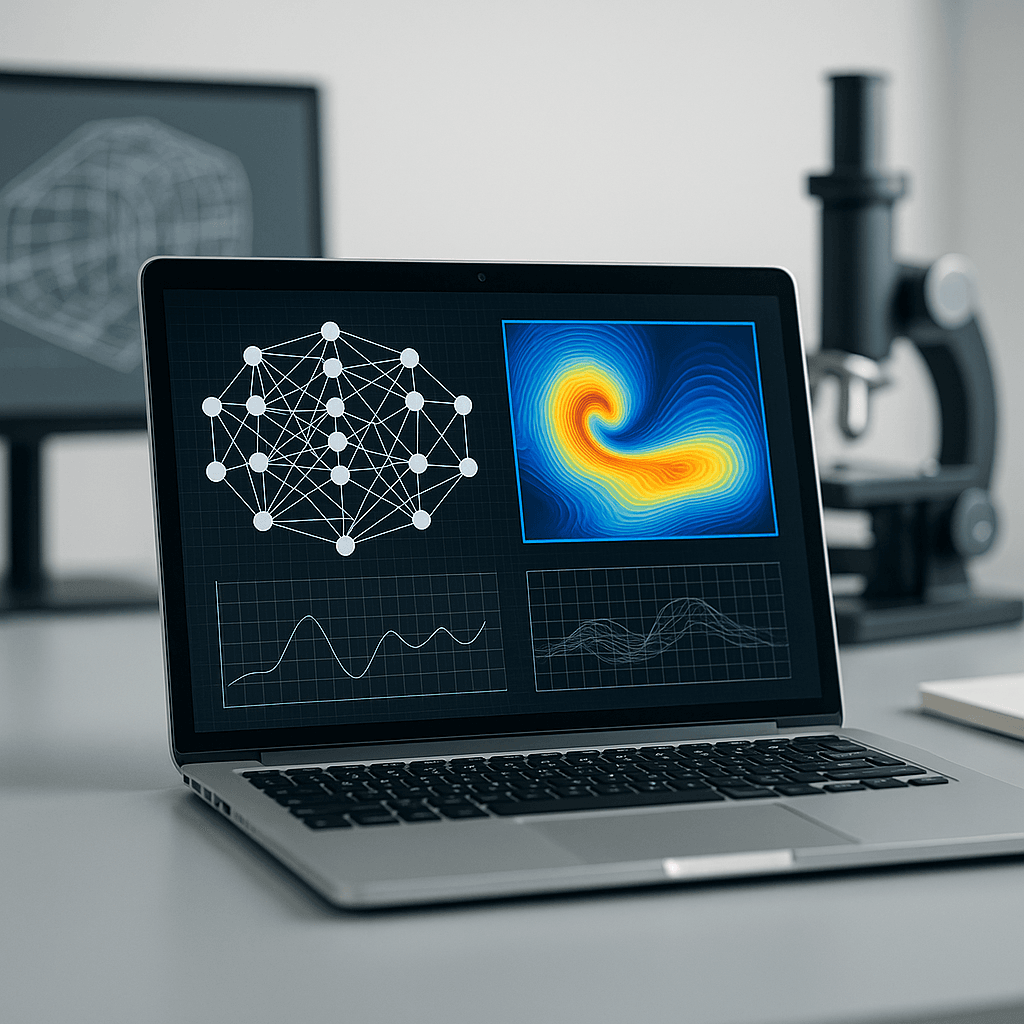NVIDIA just dropped Apollo at SC25, a family of open AI physics models that promise to transform how enterprises run simulations. The launch brings together neural operators, transformers, and diffusion methods specifically tuned for industrial applications, with major players like Applied Materials and Siemens already reporting dramatic speedups in their engineering workflows.
NVIDIA is betting big on AI physics with Apollo, and the early results from industry partners suggest they're onto something transformative. Announced today at the SC25 conference in St. Louis, Apollo represents NVIDIA's most ambitious push yet into specialized AI models for scientific and industrial simulation.
The timing couldn't be better. As enterprises struggle with increasingly complex engineering challenges - from semiconductor design to climate modeling - traditional simulation methods are hitting computational walls. Apollo promises to break through those barriers by combining the latest AI architectures with deep physics knowledge.
What makes Apollo different isn't just the technology stack, though that's impressive enough. The models incorporate neural operators, transformers, and diffusion methods specifically optimized for physics problems. But it's the breadth of industry adoption that's really catching attention.
Applied Materials is already seeing dramatic results. The company has achieved up to 35x acceleration in modules of its ACE+ multi-physics software using NVIDIA GPUs and the CUDA framework. That's not just a performance boost - it's enabling entirely new approaches to semiconductor manufacturing optimization.
"We're using ACE+ physics data to build AI models for key material modification technologies," Applied Materials explained in the announcement. The result: near-real-time flow, plasma and thermal modeling of advanced semiconductor process chambers using surrogate models that can predict new cases in seconds rather than hours.
Cadence took a different approach, using its Fidelity Charles Solver accelerated by NVIDIA's Millennium M2000 Supercomputer to create thousands of detailed aircraft simulations. That dataset trained an AI physics model capable of running a real-time digital twin of a full aircraft, showcased at NVIDIA GTC Washington last month.

